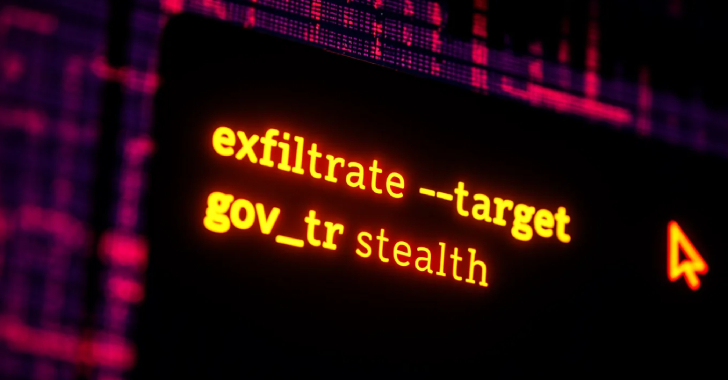
FISMA Compliance Checklist
In today’s interconnected world, data security is of utmost importance. The Federal Information Security Management Act (FISMA) provides a framework for organizations to secure their information systems and protect sensitive data. FISMA compliance is mandatory for federal agencies and any organization that deals with federal information. To achieve and maintain FISMA compliance, organizations must go through a series of steps and implement specific controls. In this article, we present a FISMA compliance checklist to help organizations ensure they meet the necessary requirements.
- Understand Applicability:
The first step in achieving FISMA compliance is to understand whether it applies to your organization. FISMA is mandatory for federal agencies and contractors who handle, store, or transmit federal information. Determine if your organization falls under this category and ensure compliance accordingly.
- Perform a Risk Assessment:
Conduct a comprehensive risk assessment to identify potential vulnerabilities and threats to your information systems. This assessment should cover all aspects of the organization’s operations, including technical systems, personnel, processes, and physical assets. Identify and analyze risks based on their impact on the confidentiality, integrity, and availability of federal information.
- Develop System Security Plans (SSPs):
System Security Plans (SSPs) are crucial for FISMA compliance. An SSP outlines the security controls and measures in place to protect federal information systems. Develop an SSP that reflects the specific needs and risks of your organization. Include a detailed inventory of information systems, threats, vulnerabilities, controls implemented, and responsible personnel.
- Implement Security Controls:
Based on the risk assessment and SSP, implement the necessary security controls to protect federal information systems. Consider controls in areas such as access control, incident response, configuration management, contingency planning, system integrity, and others. Customize the controls to address the specific risks and requirements of your organization.
- Conduct Security Testing and Evaluation:
Perform regular security testing and evaluation to validate the effectiveness of implemented controls. This includes vulnerability assessments, penetration testing, and security audits. Regularly scan systems for vulnerabilities, conduct penetration tests to identify potential weaknesses, and perform security audits to ensure compliance with established controls.
- Establish Incident Response Procedures:
Develop an incident response plan to effectively handle security incidents. This plan should include predefined steps to be taken in the event of an incident, including containment, investigation, and recovery. Establish roles and responsibilities for incident response personnel and regularly test and update the plan to ensure its effectiveness.
- Implement Continuous Monitoring:
FISMA emphasizes the importance of continuous monitoring to maintain the security of information systems. Establish a continuous monitoring program that includes real-time monitoring of security logs, event logs, system logs, and network traffic. Regularly review and analyze the collected data to detect potential security incidents or violations.
- Maintain Documentation:
Maintain proper documentation to demonstrate FISMA compliance. This documentation should include the risk assessment reports, SSPs, security control implementation plans, security testing and evaluation results, incident response records, and continuous monitoring reports. Keep records up to date and organized for easy retrieval and audit purposes.
- Train Employees:
Train employees on FISMA compliance requirements, security policies, and procedures. Ensure that employees understand their roles and responsibilities in maintaining the security of federal information systems. Regularly provide security awareness training to keep employees informed about emerging threats, best practices, and new compliance requirements.
- Perform Regular Audits and Assessments:
Regularly conduct internal audits and assessments to evaluate the organization’s compliance with FISMA requirements. These audits help identify areas where improvement or remediation is needed. Consider engaging independent third-party auditors to perform external audits for an unbiased assessment of compliance.
- Report Incidents and Maintain Communication:
In the event of a security incident or violation, promptly report it to the appropriate authorities. Maintain open communication with relevant stakeholders, including federal agencies or contractors responsible for overseeing FISMA compliance. Timely reporting and communication help mitigate the impact of incidents and demonstrate transparency and accountability.
- Stay Updated:
FISMA compliance is an ongoing process. Stay updated with the latest regulations, guidelines, and best practices related to FISMA. Regularly review and update security controls, policies, and procedures to align with changing threats and technologies. Follow industry news and participate in relevant conferences or training programs to stay informed about emerging trends and challenges in information security.
By following this FISMA compliance checklist, organizations can ensure they are taking the necessary steps to protect federal information systems and remain in compliance with FISMA regulations. Remember, compliance is an ongoing effort, and it requires continuous monitoring, improvement, and adaptation as the threat landscape evolves. By prioritizing data security and implementing robust controls, organizations can protect sensitive information and mitigate the risks of data breaches and unauthorized access.
Contact Cyber Defense Advisors to learn more about our FISMA Compliance solutions.





